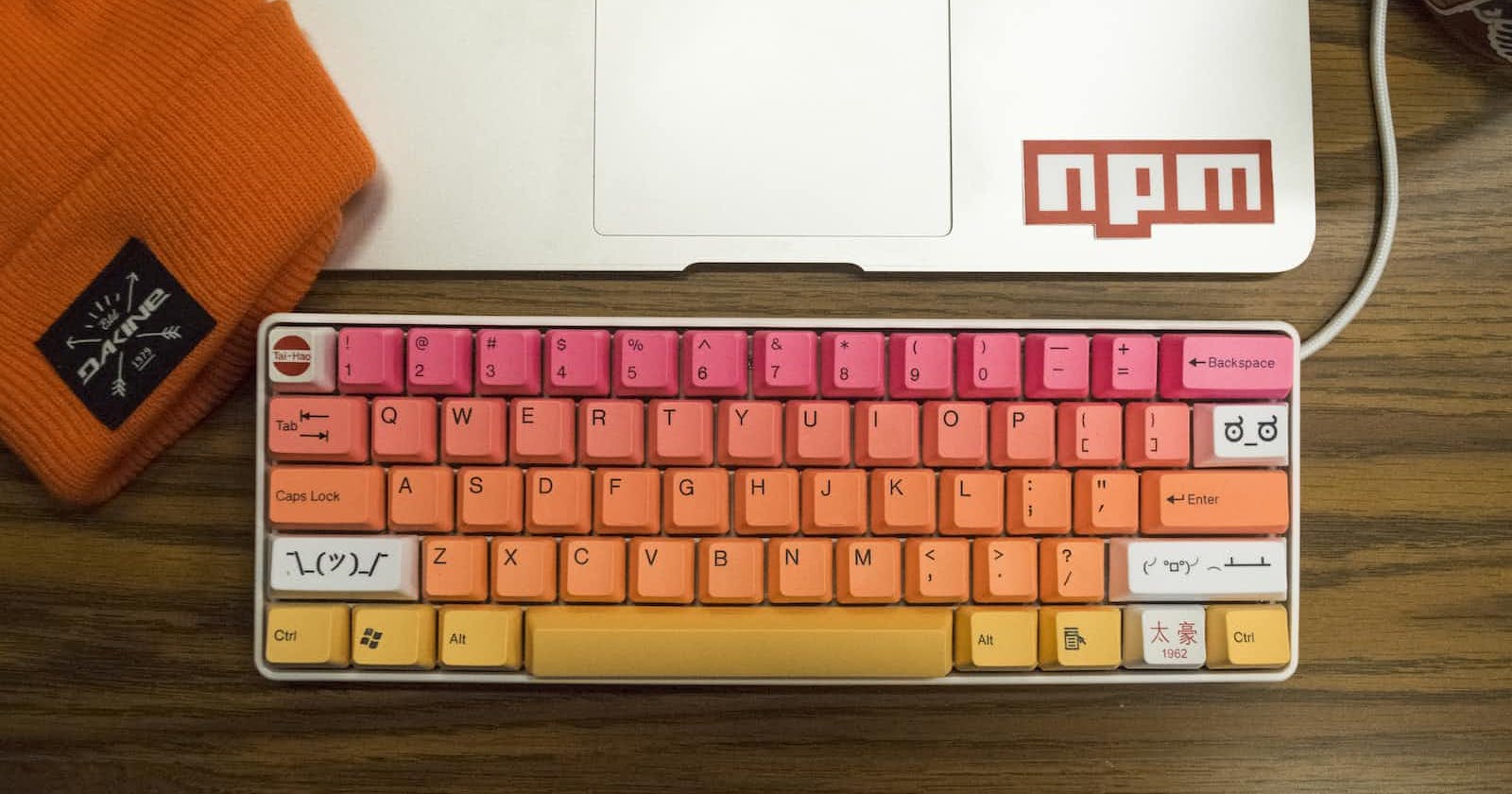NPM (Node Package Manager) is a popular platform that enables developers to manage and share the packages of pre-written code for their projects. NPM makes it easy to reuse code, save time, and avoid reinventing the wheel. Here's everything you need to know about NPM.
What is NPM?
NPM is a package manager for Node.js, a popular platform for building web applications and services. NPM provides a centralized repository of packages, allowing developers to easily find and share code.
How to install NPM?
To install NPM, you need to first install Node.js. NPM comes bundled with Node.js, so installation is straightforward:
Download the latest version of Node.js from the official website: nodejs.org/en/download
Run the installation file and follow the prompts to install Node.js.
Once Node.js is installed, you can verify that NPM is also installed by opening a command prompt or terminal and running the following command:
npm -v.This will show the version of NPM that is installed on your system.
After installation, you can use NPM by navigating to your project's directory and using NPM commands to install packages or manage dependencies.
How to use NPM?
To use NPM, you first need to create a project and a "package.json" file. This file contains information about your project and its dependencies.
Here are some basic steps to get started with NPM:
Create a project directory and navigate to it in your terminal or command prompt.
Initialize NPM for your project by running the following command:
npm init. This will guide you through the process of creating a "package.json" file.Install packages using the
npm installcommand. For example,npm install lodashwill install the Lodash package in your project.Save a package as a dependency in your project by adding the
--saveor--save-devflag to thenpm installcommand. For example,npm install lodash --savewill install the Lodash package and add it as a dependency in your "package.json" file.List the installed packages in your project by running the
npm lscommand.Update packages in your project by running the
npm updatecommand.Uninstall packages using the
npm uninstallcommand. For example,npm uninstall lodashwill remove the Lodash package from your project.
These are the basics of using NPM. You can find more information about NPM commands and usage in the official NPM documentation: docs.npmjs.com
How to find packages on NPM?
There are several ways to find packages on NPM:
Search on the NPM website: Go to the NPM website (npmjs.com), use the search bar to search for a specific package, and browse the results.
Use the
npm searchcommand: Open a terminal or command prompt and runnpm search [package name]to search for a specific package. For example,npm search lodash.Browse categories: On the NPM website, you can browse packages by category, such as "utilities" or "web development".
Check "Popular packages" on NPM website: NPM displays a list of popular packages on the front page, you can use this to discover packages you might find useful.
Ask in development communities: You can ask for recommendations in development communities, such as Stack Overflow, Reddit, or GitHub.
By using these methods, you can easily find packages that can help you solve common problems and save time in your development projects.
How to publish a package on NPM?
To publish a package on NPM, you need to have an NPM account. If you don't have one, you can create one by signing up on the NPM website (npmjs.com/signup).
Here are the steps to publish a package on NPM:
Navigate to the directory that contains your package and run
npm initto create a "package.json" file.Fill in the information required by the "package.json" file, such as the package name, version, description, etc.
Use the
npm logincommand to log in to your NPM account.Use the
npm publishcommand to publish your package. For example,npm publish.After publishing, your package will be available on NPM and can be installed using the
npm installcommand.
It is important to note that once a package name is published on NPM, it can't be used again by anyone else. So choose a unique name and double-check the package information before publishing.
For more information on publishing packages on NPM, you can refer to the official NPM documentation: docs.npmjs.com/cli/publish.
Why use NPM?
NPM (Node Package Manager) is widely used in the JavaScript community for several reasons:
Package management: NPM makes it easy to find, share, and use pre-written code packages in your projects. This saves time and effort for developers, as they can reuse code instead of writing everything from scratch.
Dependency management: NPM helps manage dependencies, automatically resolving conflicts and ensuring that all dependencies are up-to-date.
Large community: NPM has a large and active community of developers who contribute packages. This makes it easier to find packages that solve common problems, and also contributes to the quality of the packages available.
Open-source: NPM is open-source software, which means that it is free to use and the source code is available for anyone to inspect and contribute to.
Cross-platform compatibility: NPM can be used on Windows, macOS, and Linux, making it a versatile tool for developers on different platforms.
By using NPM, developers can quickly and easily find, share, and use code packages, reducing development time and increasing the quality of their projects.
In conclusion,
NPM is an essential tool for Node.js developers, making it easy to find, install, and share code. With its vast repository of packages, NPM has become the go-to platform for web development, helping developers save time and build better applications.

